Lakeport Legacies: A History of the Jews in the Delta
Refreshments @ 5:30 pm
Space is limited. Please RSVP by phone:
870.265.6031
Join us for Dr. Rockoff’s overview of the history of the Jews in the Delta.
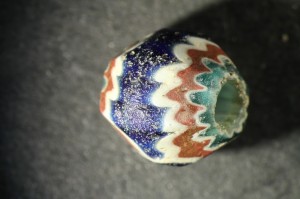 |
| Layered glass chevron bead from Parkin Archeological State Park is evidence of the de Soto expedition. |
Spanish explorer Hernando Soto and 600 men landed in Florida in May 1539 and entered what is now Arkansas on June 28, 1541. The expedition crossed the state and returned to the Mississippi River at Guachoya, near present day Lake Village, where de Soto died on May 31, 1542. The expedition’s archeological trail combined with four surviving narratives, provides an accurate reconstruction of de Soto’s route through Arkansas.
Lakeport Legacies is a monthly history talk held on the last (usually) Thursday at the Lakeport Plantation. Each month a topic from the Delta region is featured. The event is free and open to the public. Lakeport Legacies meets at Lakeport Plantation — 601 Hwy 142, Lake Village, Arkansas.
Lakeport Legacies is a monthly history talk held on the last Thursday at the Lakeport Plantation. Each month a topic from the Delta region is featured. The event is free and open to the public. Lakeport Legacies meets at Lakeport Plantation — 601 Hwy 142, Lake Village, Arkansas.
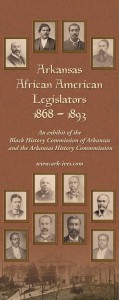 Arkansas African American Legislators, 1868-1893, a traveling exhibit produced by the Arkansas History Commission and Black History Commission of Arkansas, will be displayed at the Lakeport Plantation during the month of June.
Arkansas African American Legislators, 1868-1893, a traveling exhibit produced by the Arkansas History Commission and Black History Commission of Arkansas, will be displayed at the Lakeport Plantation during the month of June.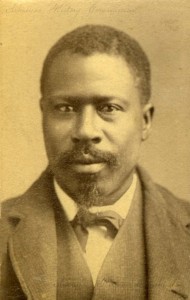 |
| Green Hill Jones, Courtesy Arkansas History Commission |
Over a dozen black men represented southeast Arkansas and Chicot County during this time. The men included James Mason, the mulatto son of Chicot County planter and slaveholder Elisha Worthington; Edward A. Fulton, a noted abolitionist from Illinois; George W. Bell, a former slave who worked as a college president and physician; and men like, Nathan Edwards, John Webb, and Green Hill Jones, who eked out their living as farm laborers into the early 20th century.
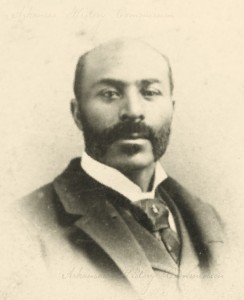 |
| Nathan Edwards, Courtesy Arkansas History Commission |
Join us for our first Lakeport Legacies!
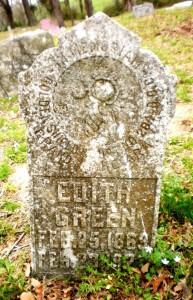 |
| Hill Cemetery, Chicot County. Courtesy LaRhonda Mangrum |
Cemeteries are important landmarks for families and communities and essential resources for historians and genealogists. Some cemeteries are visible and well maintained, while many others have been forgotten or lost. On Thursday, May 30, at 5:30 pm LaRhonda Mangrum will discuss her work documenting cemeteries in southeast Arkansas for the Arkansas Gravestones Project. Mrs. Mangrum, a Chicot County native, is the coordinator for southeast Arkansas and the coordinator for Ashley, Chicot and Drew counties. The gravestone project’s mission is to “capture and archive digital images of our ancestors’ gravestones.” She has been gravin’ since 2011 and has documented over 100 cemeteries for the Arkansas Gravestones Project. For more information about the project visit the http://www.arkansasgravestones.org/.
Lakeport Legacies is a new monthly history talk held on the last Thursday at the Lakeport Plantation. Each month we’ll have a topic from the Delta region (AR, LA & MS). The event is free and open to the public. Lakeport Legacies will meet in the Dining Room of the Lakeport Plantation house. For more information, call or email Blake Wintory – 870.265.6031.
The Lakeport Plantation is an Arkansas State University Heritage Site. Constructed ca. 1859, it is Arkansas’s only remaining antebellum plantation home along the Mississippi River. The plantation was donated to Arkansas State University in 2001 by the Sam Epstein Angel family. After more than five years of restoration, the plantation opened as a museum and educational center in September 2007 and new permanent exhibits were unveiled in September 2012.
Saturday Summer Hours 2013
Start 2013 with Lakeport Plantation’s new exhibits and hot cocoa. Come join us for our New Year’s Open House from 12 pm to 3 pm on Saturday January 26.
Built in 1859, Lakeport is the last antebellum plantation home along the Mississippi River in Arkansas. New exhibits installed throughout the house are based on years of restoration and research in family records, archives and oral histories. On display are artifacts found during restoration and original items donated back to Lakeport.
All are welcome to this free event.
The Season of giving is the perfect time to reflect on the gifts Lakeport has received in 2012.
In April Lakeport received nineteen of the original balusters that had been removed and placed in Helen Epstein Kantor’s Greenville home ca 1950. Read more about the balusters in the post: Balusters Return to Lakeport!
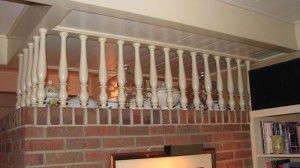 |
| Balusters in Kantor house, 2008 |
In June Richard M. Johnson, brought Lakeport a number of goodies for a long-term loan. We received several books; Two books, from the 1830s, belonged to Richard’s great-grandfather Lycurgus L. Johnson; the remainder of the books belonged to Richard’s grandfather, Dr. Victor M. Johnson and included medical texts, a bee keeping manual, and literary volumes. Richard also brought Lakeport his grandmother Martha Johnson’s beaten biscuit maker, his grandfather’s bee foundation maker, and a cradle that was in use in the family from the 1870s into the 1970s. Richard also donated a love seat which needs restoration.
In September, during the opening of our exhibits, we received several donations.
Cat Johnson Pearsall, daughter of Robley Johnson, donated her father’s baby book, family newspaper clippings and her father’s final written memories of Lakeport. Inside her father’s baby book we found a lock of young Robley’s hair and his first photo from Thanksgiving Day 1908 in Greenville, Mississippi.
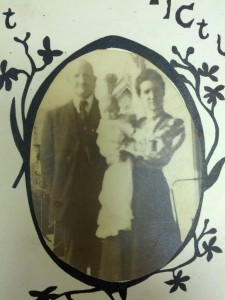 |
| Victor & Martha Johnson with son Robley, Thanksgiving Day, 1908, Greenville, Miss. |
The 1908 photo’s location in Greenville has proved a bit of a mystery. There seems to be an iconic rose window in the background that might be a church. Victor and Martha were introduced at the First Christian Church in Greenville, a church his sisters Linnie Johnson and Annie Johnson Starling founded. But the structure in the background doesn’t seem to resemble known images of the Christian Church (like this one at the Mississippi Department of Archives & History) or any other turn of the century church in Greenville.
Bill Gamble, a Greenville resident and a descendant of Lyne Starling, donated Lyne’s 1871 Yale Yearbook. The Starlings, led by William Starling, purchased Sunnyside Plantation in 1868. Lyne’s brother Charles also attended Yale that year and married Annie Johnson at Lakeport in 1878. You can read about their sister Lollie’s memories of Lakeport in the post Laura (Lollie) P. Starling (1854-1946).
On a related note: Ben & Phyllis Starling, residents of Botha, Alberta and descendants of Charles Starling, donated William Starling’s Civil War notebook and surveyor’s hand level (ca. 1863).
Finally, two portraits were shared with Lakeport. One is a portrait of Sam Epstein, who bought Lakeport in 1927 from Victor Johnson. It is on loan to Lakeport from Lynda Festinger White, grand daughter of Mr. Epstein.
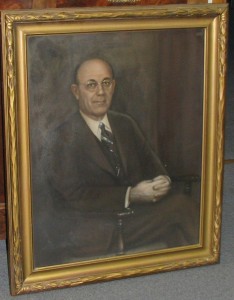 |
| Sam Epstein, ca. 1940 |
Ed Warren, grand nephew of Frank H. Dantzler, Jr. donated the portrait of Mr. Dantzler’s mother, Julia Drake Dantzler. The portrait hung at Lakeport while Mr. Dantlzer managed Lakeport from 1927-1950 (Dantzler partly owned Lakeport between 1927-1940).
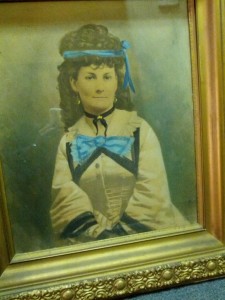 |
| Julia Drake Dantzler, mother of Frank Dantzler, Jr., ca. 1880 |
Thank you to all the donors in 2012 and years past! Donations deepen our understanding of Lakeport’s history and create a richer experience for visitors.
